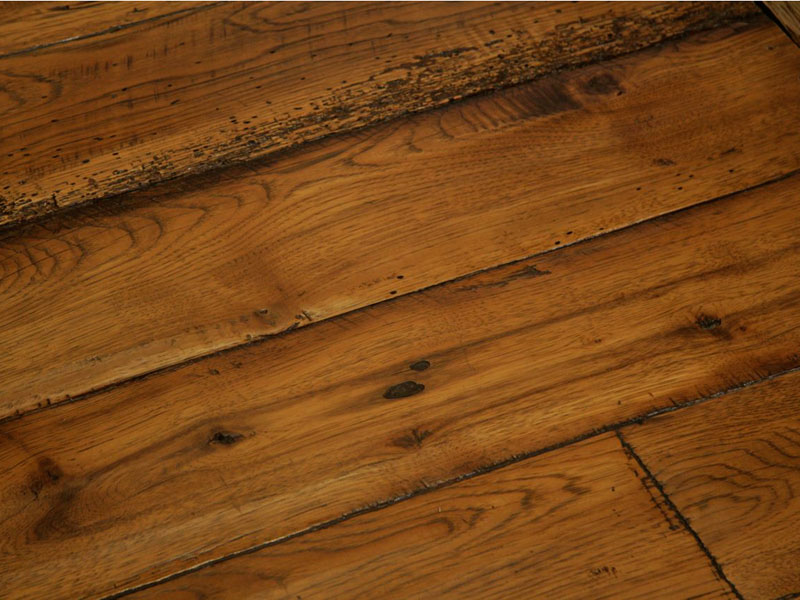In recent years, homeowners and interior designers have been turning to environmentally friendly and sustainable options for their flooring needs. One popular trend is to use reclaimed hardwood flooring, which offers a unique and rustic look. But is it worth the investment? Let’s explore some of the pros and cons of reclaimed hardwood floors to help you make an informed decision.
What is Reclaimed Hardwood Flooring?
Reclaimed hardwood flooring refers to wood that has been salvaged from old buildings, barns, or factories and then repurposed for use as flooring. This practice not only saves valuable resources but also preserves a piece of history. Reclaimed hardwood flooring comes in various types, including oak, maple, walnut, and heart pine. Each type offers a distinct appearance and characteristics, ensuring that no two reclaimed floors are the same.
Benefits of Reclaimed Hardwood Floors
Granted, there are some advantages to installing reclaimed hardwood into a space. These include:
Environmental Sustainability
Using reclaimed wood helps reduce the demand for new lumber and promotes recycling, leading to less deforestation and waste. It also reduces the energy used in processing new wood, decreasing the overall carbon footprint.
Unique Aesthetic
Because the wood itself has a history, reclaimed hardwood offers a sense of character, often featuring knots, nail holes, and saw marks that add a rustic charm and texture to the space.
Durability and Longevity
Despite its age, reclaimed wood is often quite durable and long lasting, especially if it was properly cared for during its previous installation. It has had time to expand and contract with age, making it less susceptible to warping and cracking.
Drawbacks of Reclaimed Hardwood Floors
Now that we’ve explored some of the “pros” of using reclaimed wood, let’s look at some of the “cons” as well.
High Cost
You might think “used” hardwood would be cheaper, but in fact, the opposite is true. The process of sourcing, salvaging, and preparing reclaimed wood for flooring can be labor-intensive—not only in finding wood that’s in good condition, but also in sourcing enough to cover the square footage of your project. This can lead to much higher costs than traditional hardwood floors.
Limited Availability
In part due to the scarcity of reclaimable wood, and in part due to its recent surge in popularity, it can be downright difficult to find. It may take many weeks or months to source the wood for your project, so you’ll need to be patient during the process. (If you’re on a tight time schedule, reclaimed wood may not be a practical option for you.)
Installation Challenges
Reclaimed hardwood floors may require additional preparation before installation, such as removing nails or sanding down rough spots. This can make the installation process more time-consuming and complicated—which again may increase costs.
Are Reclaimed Wood Floors Right for You?
At the end of the day, there’s no objectively right or wrong answer. Reclaimed hardwood floors may be an excellent choice if you’re seeking a more sustainable, unique, and durable flooring option—as long as you don’t mind the cost, and as long as you don’t mind waiting. It’s also a matter of personal taste: reclaimed floors have a natural rustic feel, so if you prefer a modern look, you’ll likely do better with new wood flooring.
As an alternative, for those who want the rustic look of reclaimed wood but don’t have the budget or the time…with modern installation technologies, our craftsmen can now use advanced distressing techniques to make any floor look weathered and rustic. Thus, it’s possible to make brand-new wood floors appear to be reclaimed without the added cost or delays.
Whether your flooring project calls for new or reclaimed hardwood, Renaissance Hardwood Flooring can help. For a complementary quote in Tulsa, Oklahoma City, Claremore, Catoosa, Glenpool, Norman, or other parts of Green Country, contact us here to get on our schedule.
(Photo credit: Flickr/Inhabitat)

